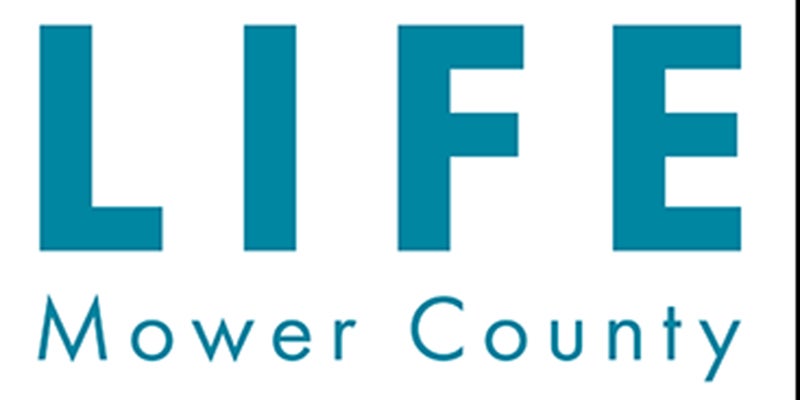Full Circle: Our purple paper past
Published 9:19 am Saturday, May 5, 2018
The time is any year in the 1940s and 50s. You’re sitting in your classroom surrounded by your friends when your teacher comes through the door. In her arm she carries a stack of freshly printed papers. As she walks to her desk, an odor wafts over the room. As if struck by an unseen force, heads—no longer under the control of their owners — begin to swivel in her direction.
Your teacher, Miss Whatever-Her-Name, has just received some papers from the copy room. She is suddenly infused with an aura of irresistible Eau de Mimeograph. You will follow her anywhere.
Those of you who were sitting in those Austin school rooms know exactly what I’m talking about. What was the allure of that smell? And how totally amiss Chanel No. 5 was in never capturing such a tantalizing scent. Why, in heaven’s name, would any perfumer have gone to the bother and expense of traveling all the way to France to buy fragrances when all along the headiest of all aromatic bouquets was right there in the school copy room? Such olfactory nincompoops!
We kids were unable to immediately commence whatever assignment the papers dictated for we were compelled to first reflexively bring the papers up to our noses and inhale. Could it be that unbeknownst to us, this was the innocent springboard to glue sniffing? Was that pretty purple ink the beginning of later more serious addictions?
Aside from the evocative scent, any student who had the honor of actually being appointed to make the copies had a sudden elevation in their social standing. Only a chosen few (those who had proven their mettle) could handle the responsibility of the job. And do not get the crazy notion that it was as simple as pushing a button. Au contraire!
First a master stencil was prepared by the teacher. (No student ever attained this esteemed stature.) This was done on an L.C. Smith manual typewriter using a special wax covered paper. When the keys hit the wax, a letter was cut in the paper. Once placed onto the drum of the machine, ink was forced through that excised stencil and onto the paper.
To execute the procedure: first, the purple ink had to be poured into a special container at the back of the copy machine. This was a time of extreme concentration because a task of this magnitude required the steady hands of the most responsible of students. Spilled ink could be a catastrophe leaving deep violet stains on skin, clothes, furniture, and wooden floors that lasted longer than the students’ lifetimes. It is, however, not beyond one’s imagination to believe that the exalted chosen — mimeograph copy students — purposely stained their fingers as a status symbol which they could flash around the cafeteria at lunchtime. This was akin to their later clacking car keys when they got their driver’s permits.
A move of equal consternation was the inserting of the master stencil. Each end had to be meticulously secured into a metal clamp which held it firmly in place. As one of the chosen few who was knighted for this job, I remember extreme nervousness at getting this right. My entire Sumner Grade School reputation hinged on this successful execution. One devastating millimeter off and the whole operation was mutilated to rack and ruin. The stress was all consuming.
Next came the test run. Holding the crank handle tentatively in my right hand, I turned it. One crank, one paper. Out the shoot on the left end floated a perfect purple printed page. Victory was mine! My mimeograph reputation would live to see another crank. I secretly wondered if word of this triumph would spread as far as Hayfield or Dexter. Bixby?
I carefully gathered the papers, gently tapping them on the desk to straighten the edges. Perhaps I should give up my dreams of becoming a brain surgeon and instead direct my talents toward a mastery of the mimeograph? I’d have to give this career option some serious thought.
As I haughtily walked down the hallway to my classroom — with mini clouds of intoxicating mimeograph aroma whiffling about me — I rubbed my fingers across the satiny surface of the papers. Remember how they felt? Their glossy texture had a silky quality, greatly different from regular paper. I then realized just how far I had progressed from those chunky slivers of wood that had once been embedded in my kindergarten Big Chief tablet. What a sumptuously modern era it was.
Xerox never did nor ever will hold a candle to the experience.



